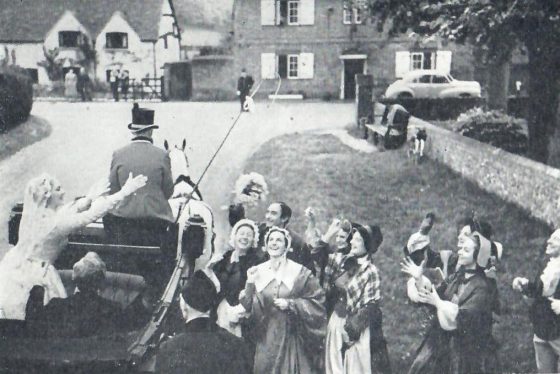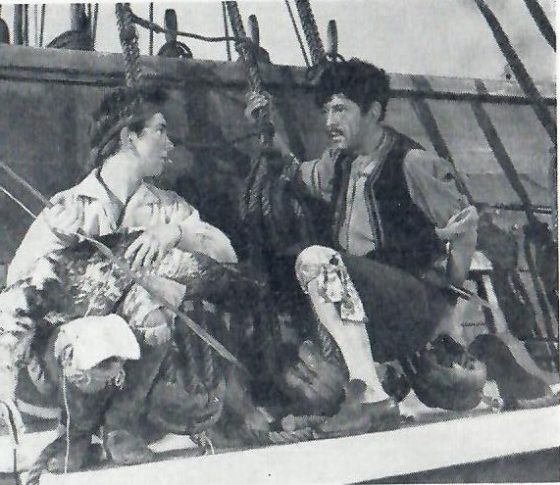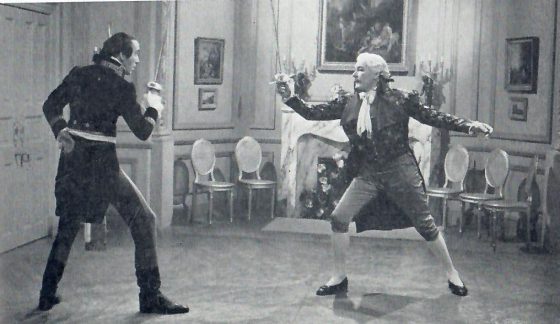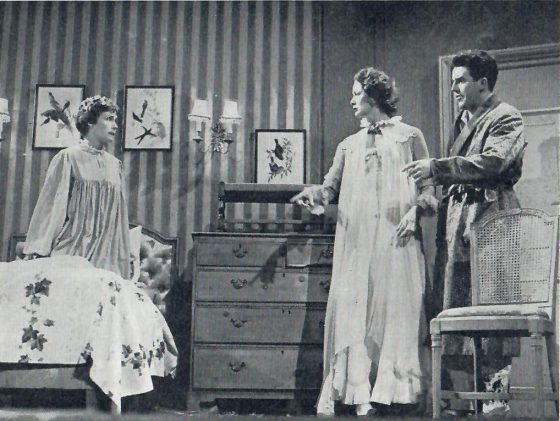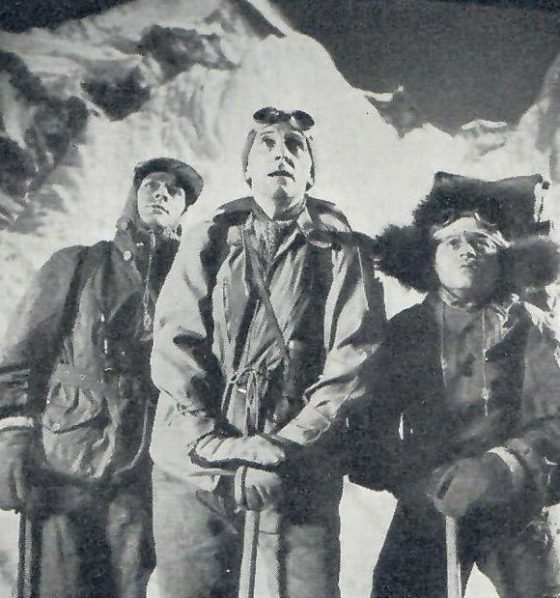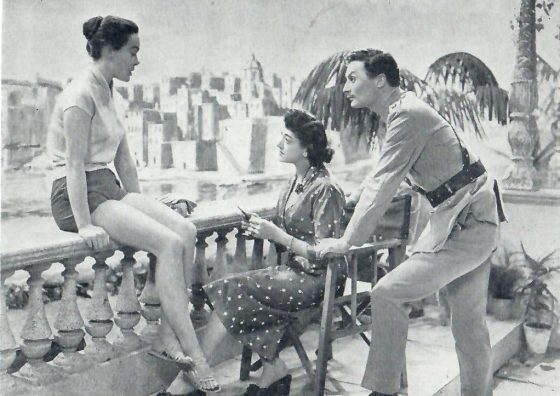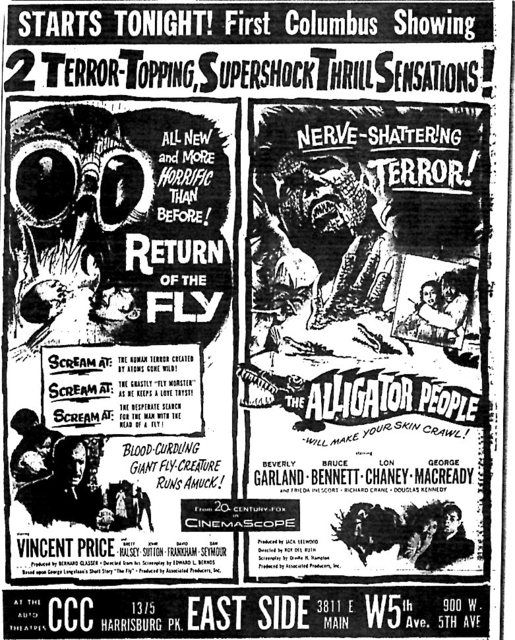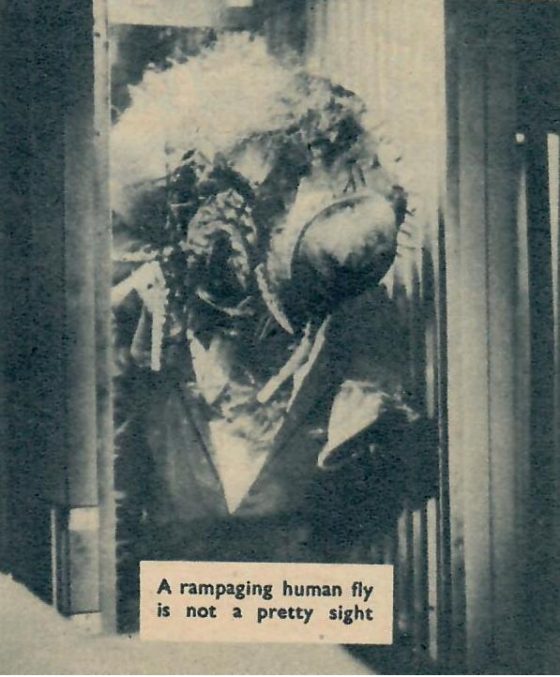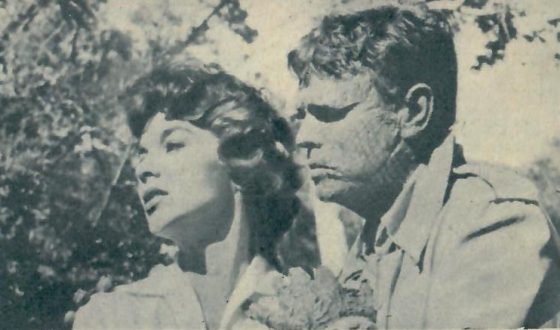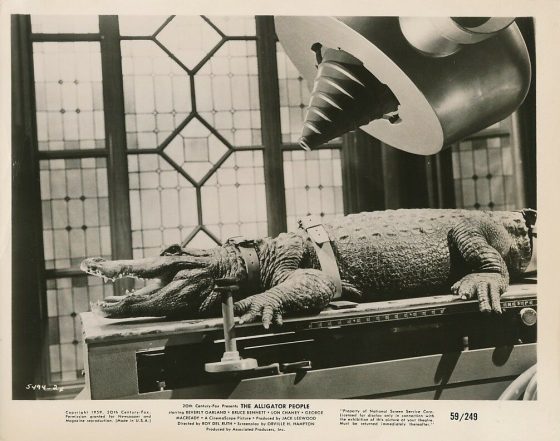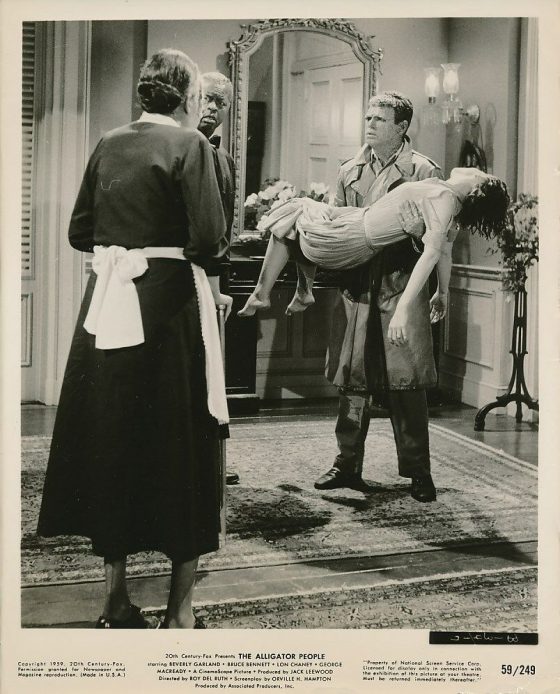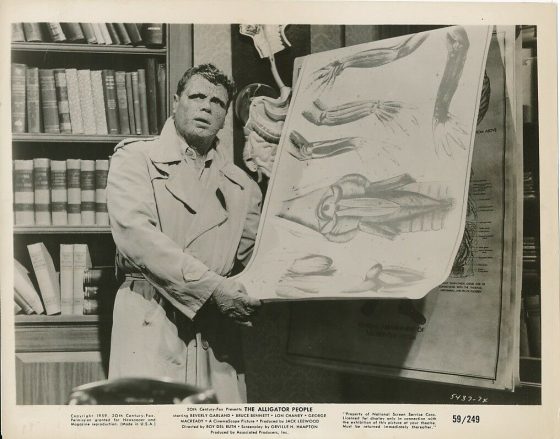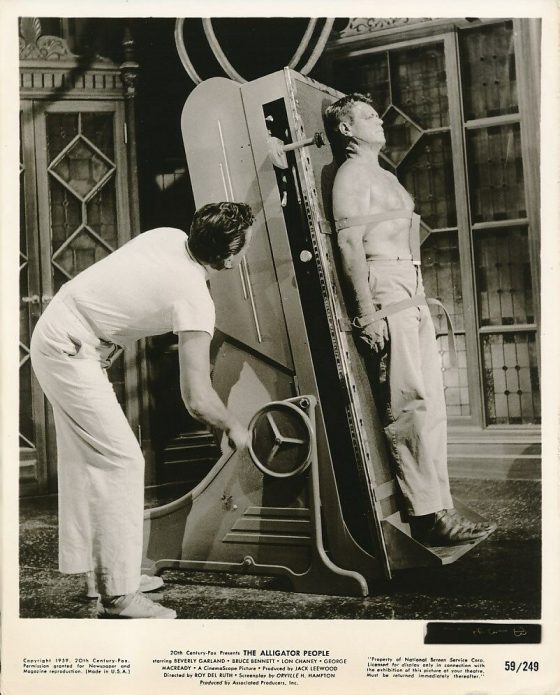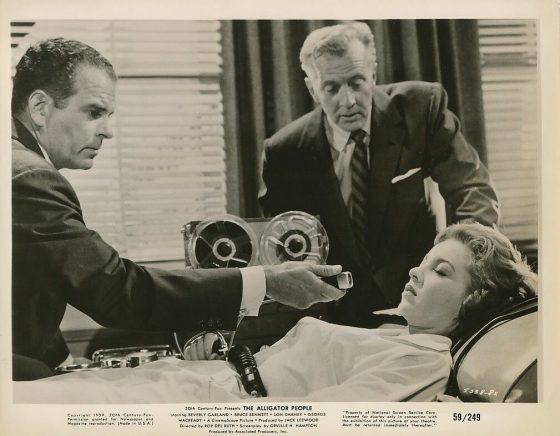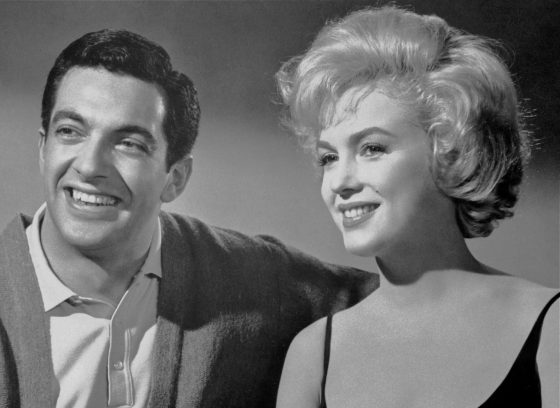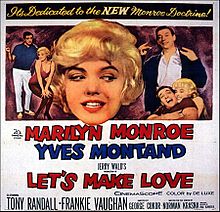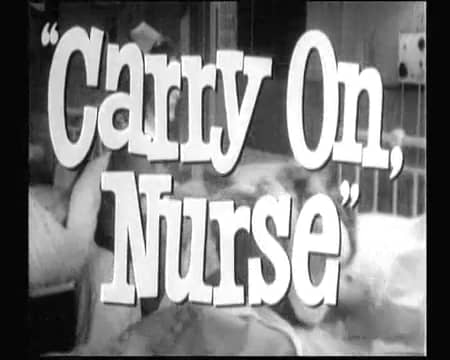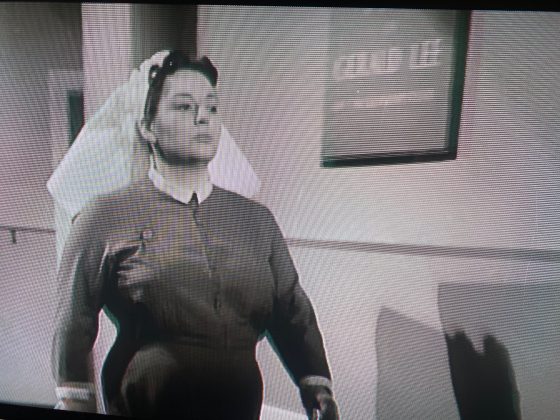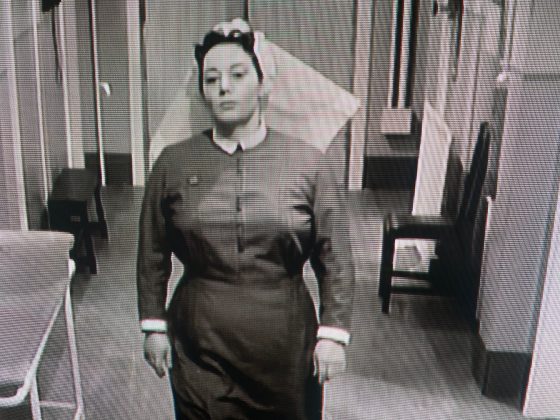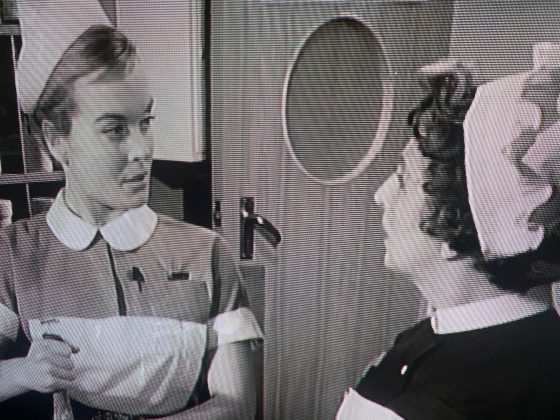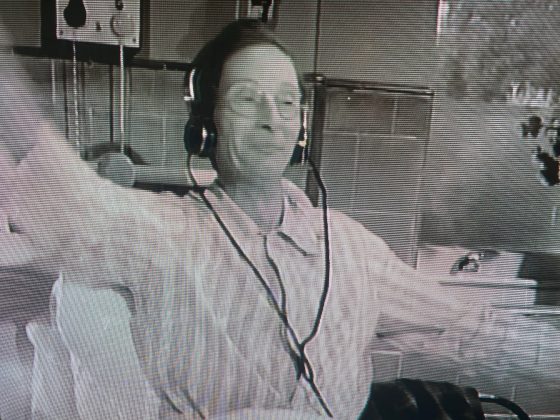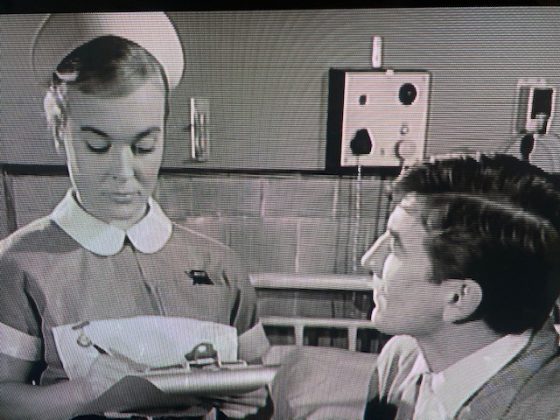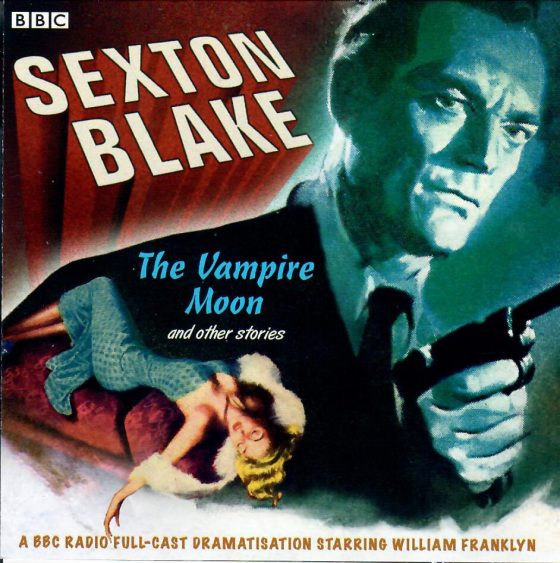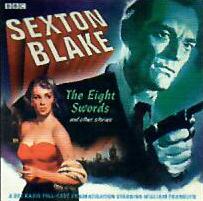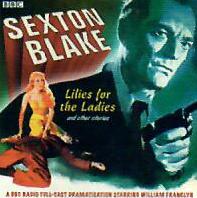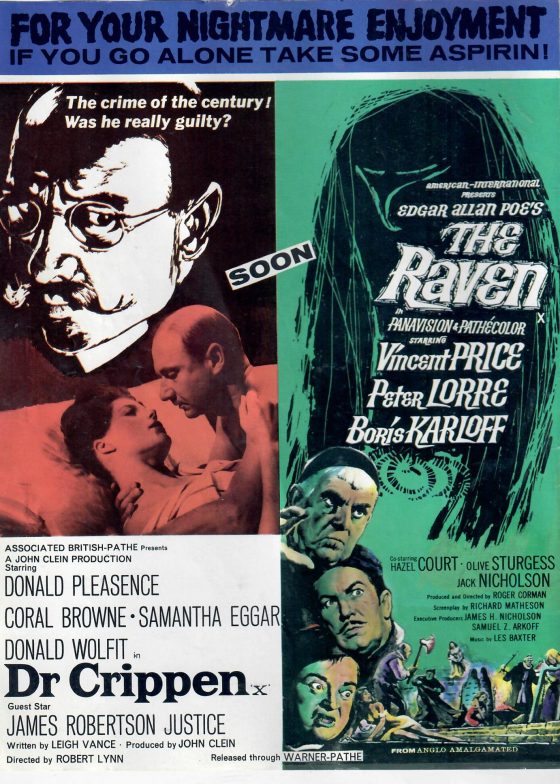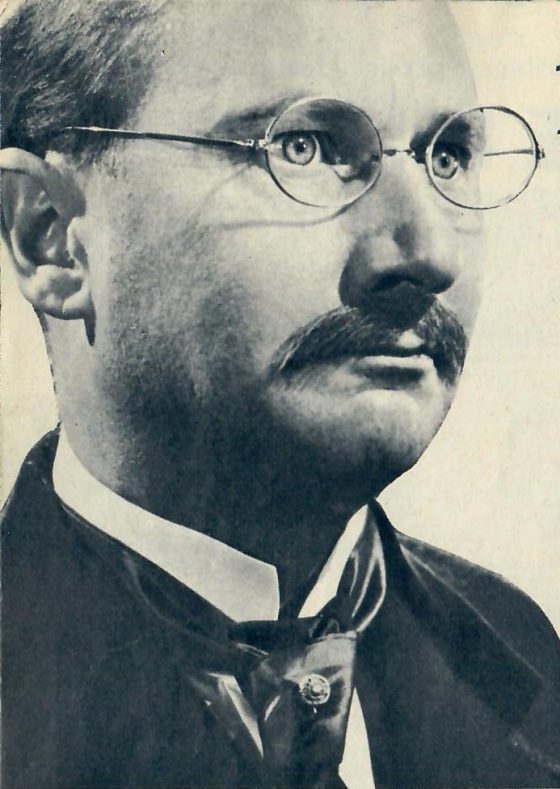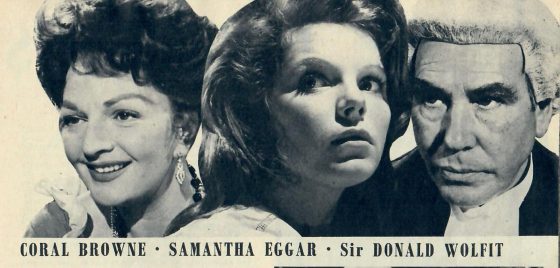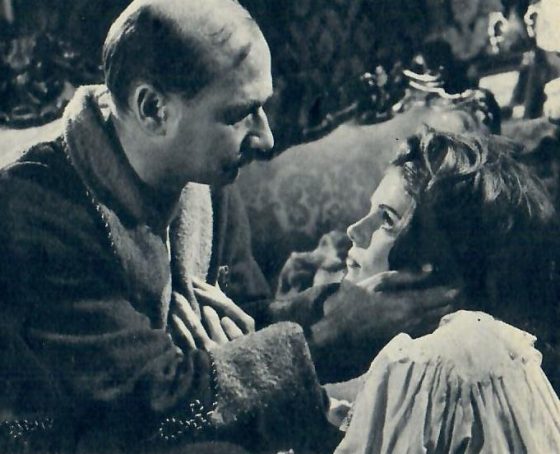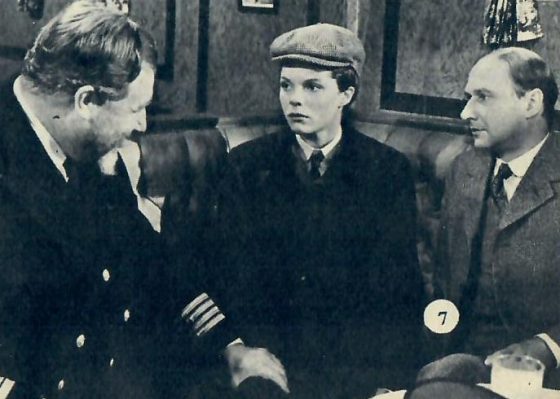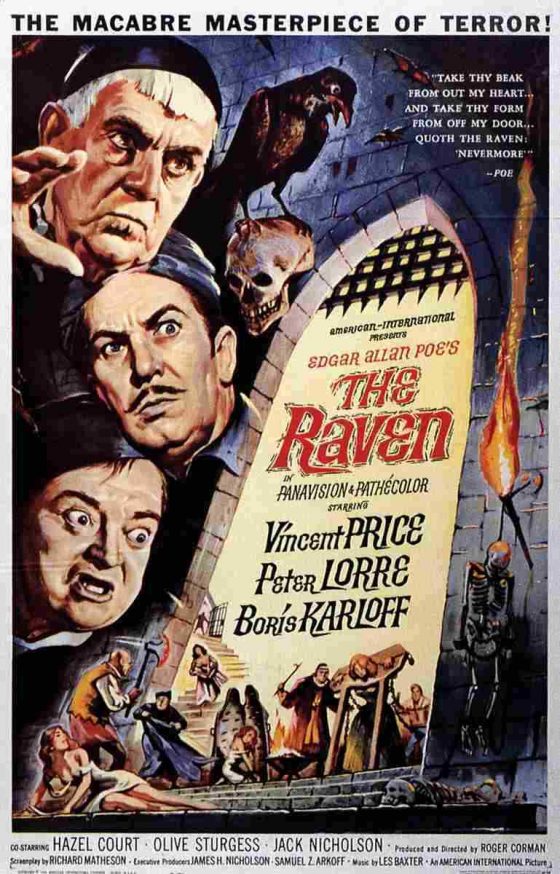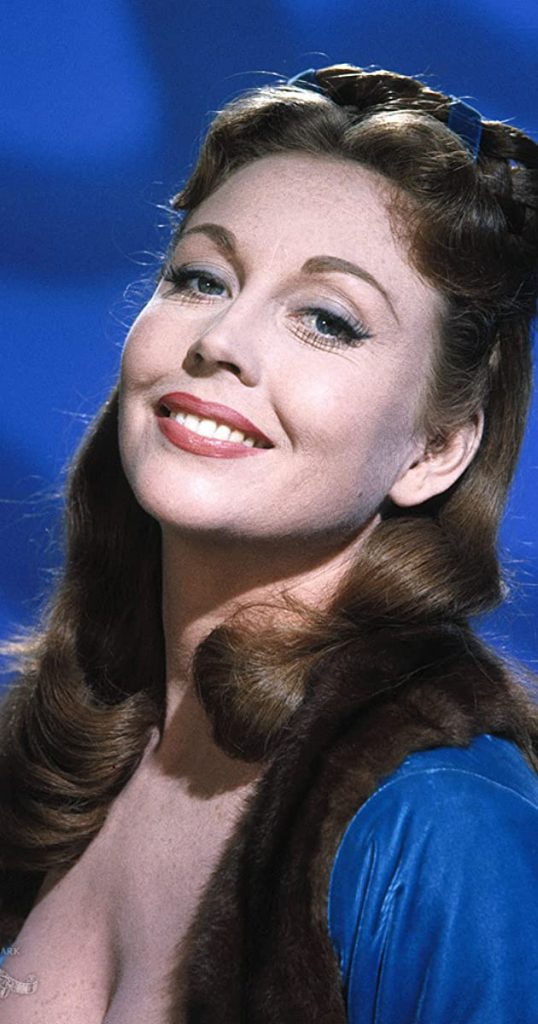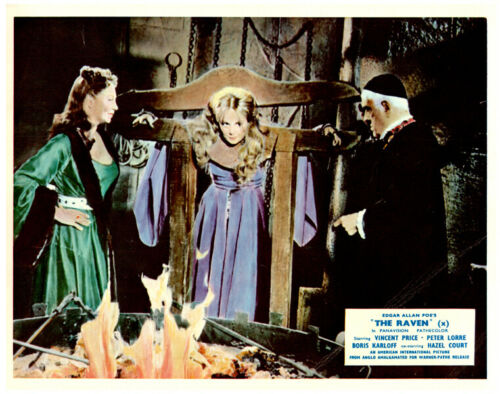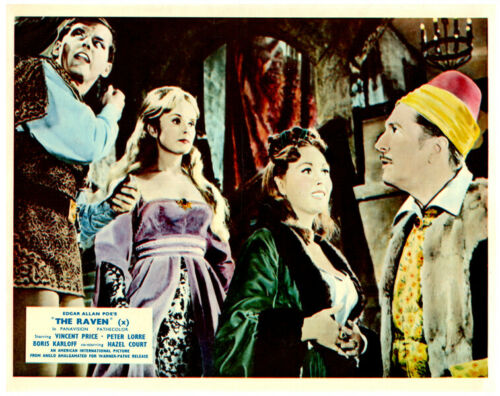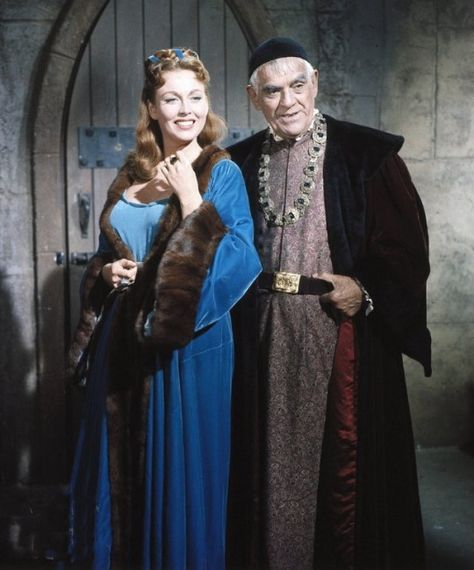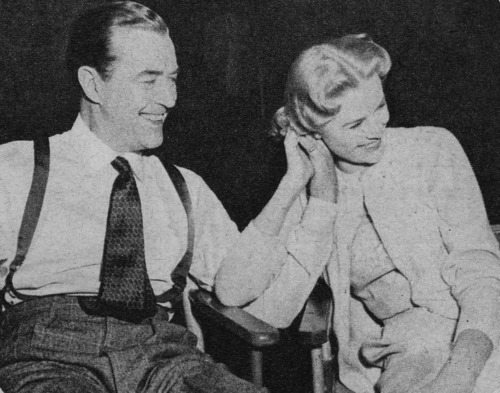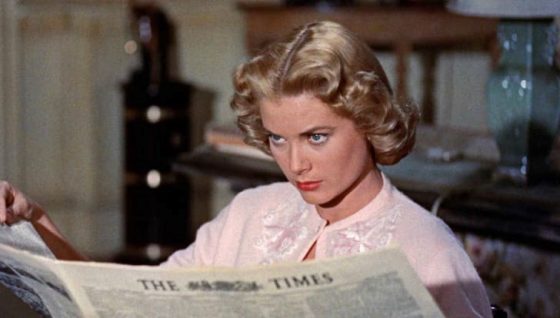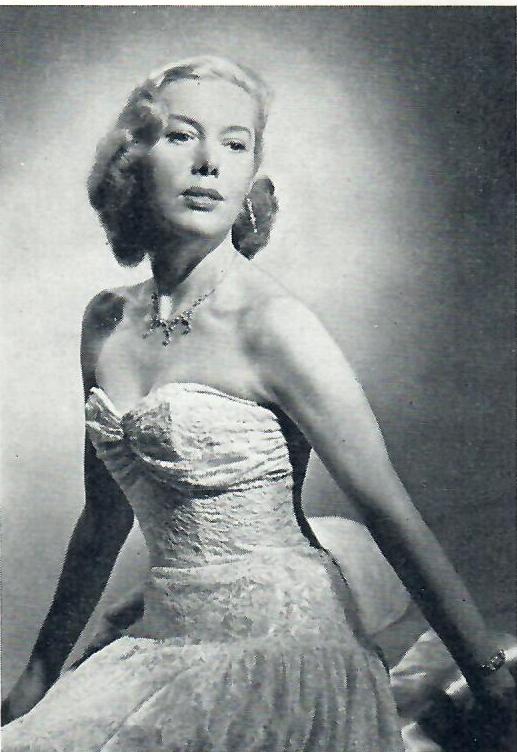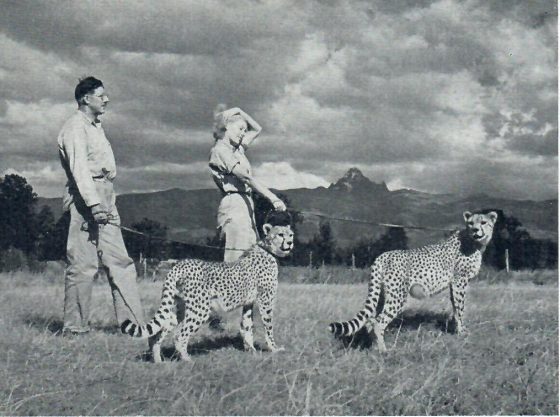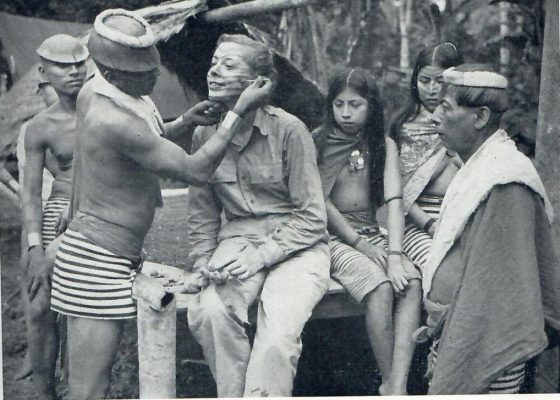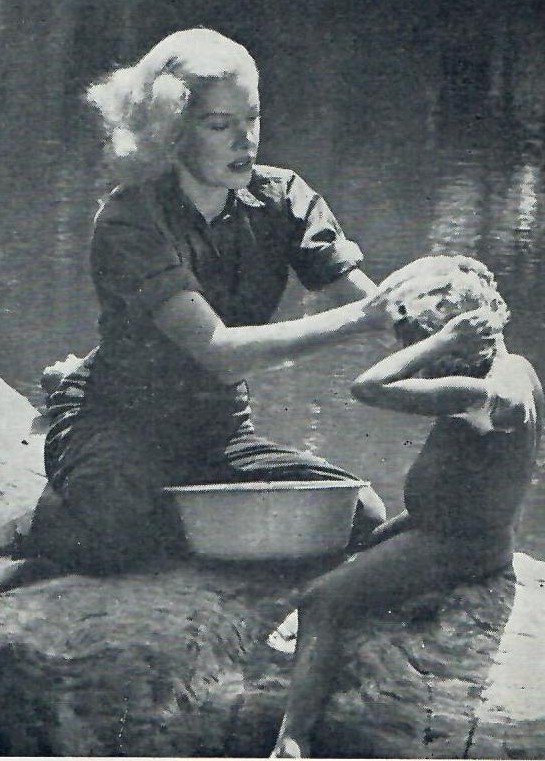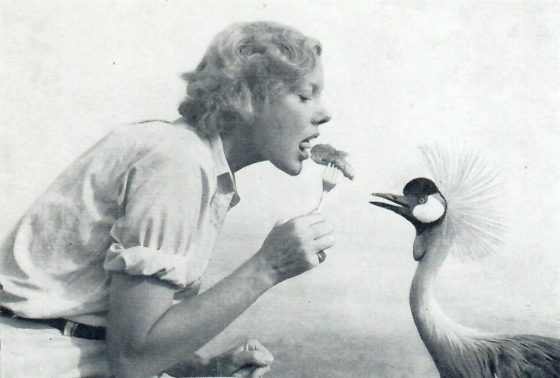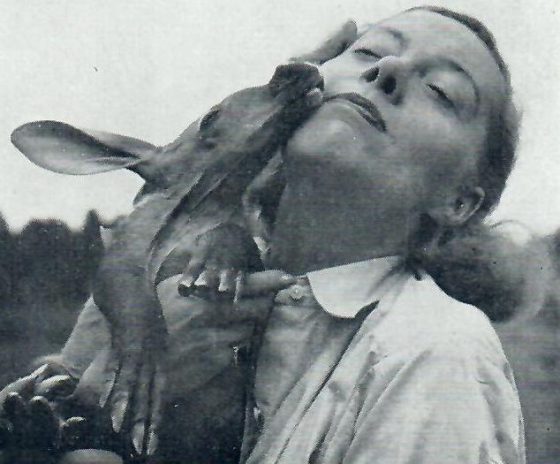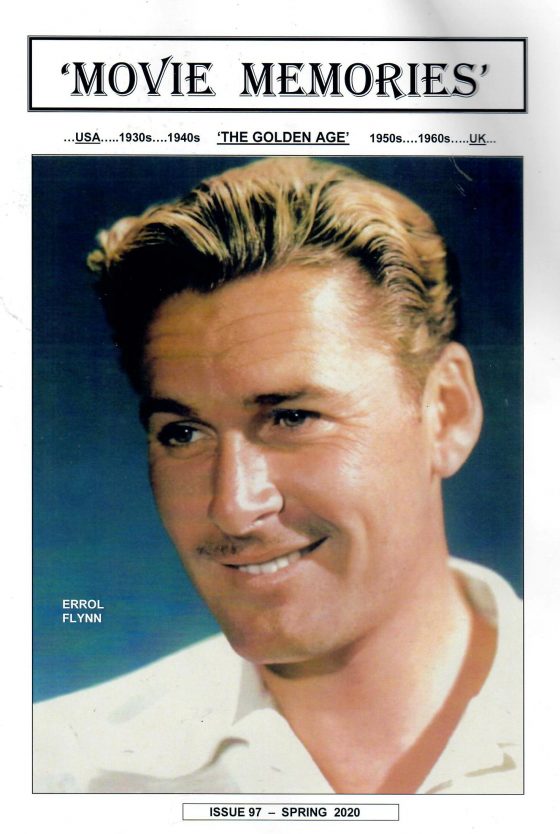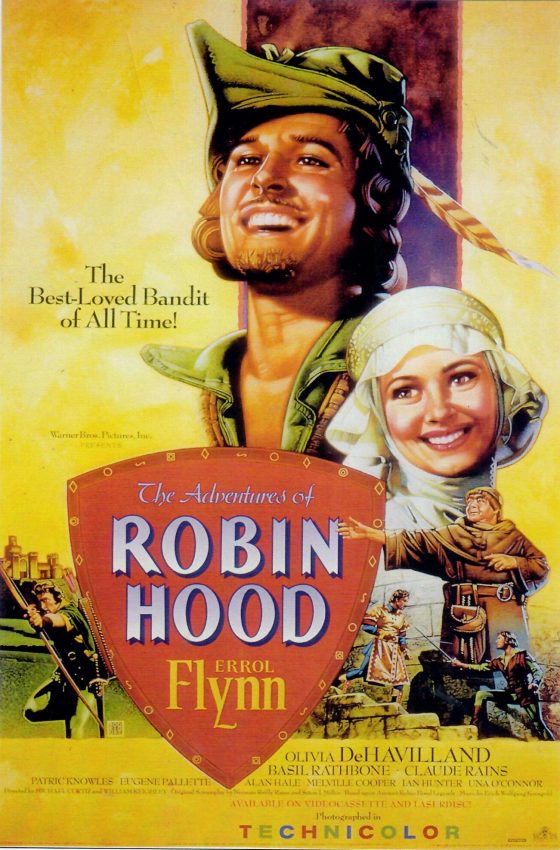Another film on Talking Pictures that I did not know but watching much of it, although the print was not brilliant, the storyline seemed quite absorbing.
Van Johnson and Vera Miles had come over from Hollywood to make this one – they had been here a few years before – to star together in ’23 Paces to Baker Street’ .
There was also a pretty strong cast of top British actors, Bernard Lee, Geoffrey Keen and Emlyn Williams to name but three – also Jean Kent.
In the film Van Johnson had been evacuated from Liverpool to the United States during the Second World War. His mother died young and he is working his way around the world before he settles down to a career in electronics. He doesn’t know what became of his father, so he makes enquiries. He discovers he has been in prison for sixteen years for strangling a young girl. He investigates and finds the official story quite sketchy, and it seems that the officials make it difficult for him to find out more about it.
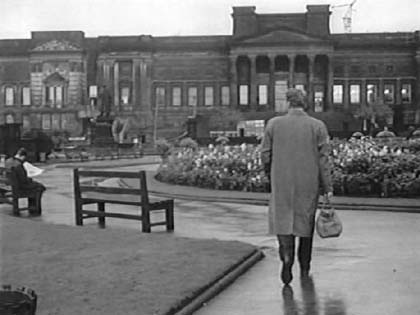
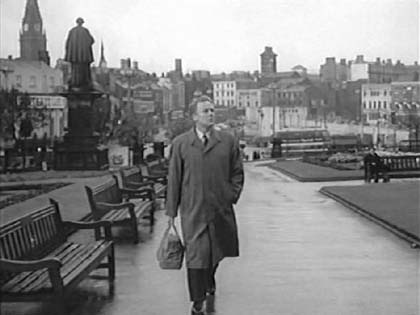
The the subplot involves Vera Miles, with whom he has fallen in love.
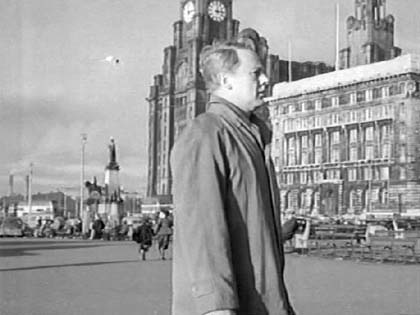
Bernard Lee, later to be ‘M’ in the Bond films is good as Van Johnson’s father, brutalised by years in prison – although I find it hard to take him in this role after seeing the Bond films.
He played quite an uncouth, thuggish character here, which did not suit him – I remember him just before this in a film I like called ‘The Ship that died of Shame’ with Richard Attenborough and George Baker
Emlyn Williams plays a mysterious and creepy man brilliantly. He was a classic stage actor and made quite a few films. He was in Ivanhoe in 1952, and a few years after that The Deep Blue Sea ( a Terence Rattigan play made into a film ) and The Wreck of the Mary Deare
He also played the part of Mr Dick in a film adaptation of David Copperfield – I love the character of Mr Dick – as Aunt Betsy Trotwood says ‘Mr Dick puts us all right
This version had a real star-studded cast resembling a ‘whos who’ of classic British Theatre, film and Television
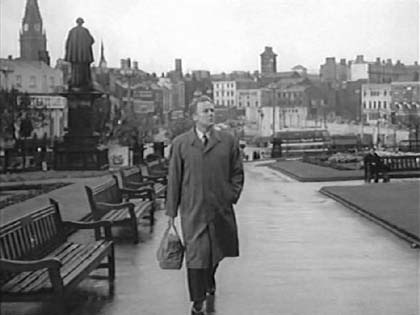
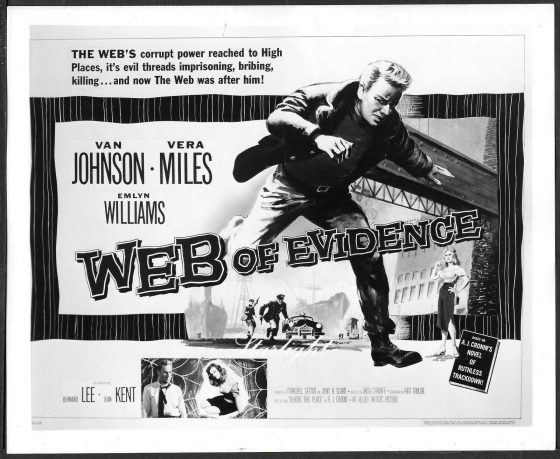
In this film a character played by Anthony Newlands plays a newspaperman who gets the investigation moving and somehow connects everything together eventually arriving at the truth
Vera Miles, I always like to see in films. She was no stranger to visiting England in the Fifties indeed she came here while Gordon Scott made a Tarzan film – Tarzan and the Lost Safari – mainly at Pinewood – and married him either before the film or shortly after it.
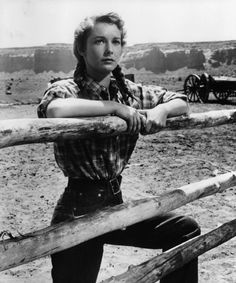
She had played in the previous Tarzan and the two of them became romantically involved during that time – they later married.
Gordon Scott and Vera Miles were married for almost four years. They dated for about a year after getting together in Aug 1954 and married on 14th Apr 1956. Sadly they divorced on 2nd Mar 1960.
American Actor Gordon Scott was born Gordon Merrill Werschkul on 3rd August, 1926 in Portland, Oregon, USA and passed away on 30th Apr 2007 Baltimore, Maryland, USA aged 80. He is most remembered for Tarzan.
Vera Miles was born Vera June Ralston on 23rd August, 1929 in Boise City, Oklahoma, her career from spans 1948–1995.
Her most famous role to me would be in the classic ‘The Searchers’
To sum up this a tense, emotional and very satisfying murder mystery drama, adapted from AJ Cronin’s novel, was only director Jack Cardiff’s second film.
He sustains the suspense throughout by creating an electric atmosphere of corruption in high places and you can sense that just about everyone has something to hide. For example, it transpires that the prosecutor at Mathry’s trial, Sir Matthew Sprott (Ralph Truman), had doubts about the strength of the evidence against him, but he nevertheless employed his considerable skills as a barrister to ensure he got convicted because he didn’t want the embarrassment of losing a case. It would have affected his career progression and, today, he is standing for parliament in a highly publicised by-election. When Paul pushes his way into his office asking a lot of awkward questions about his father, he puts pressure upon the police superintendent to have him confined to his ship until it sets sail for America again because he doesn’t want the scandal and potential mud slinging from political opponents to cost him his election.
The key witness at Mathry’s trial, Louise Birt, the murdered woman’s flat mate, has done very nicely since then owning her own nightclub and bar on New Brighton. Paul suspects that somebody paid her for her testimony and set her up in business as a reward for shielding the real killer.
All of these twists and turns are sufficient to hold an audience’s interest and the performances from the two American leads are quite good too. Van Johnson displays the anguish and passion as Paul Mathry who finds himself battling the city’s establishment to clear his dad’s name and Vera Miles is really effective as his girlfriend. The pair are falling in love with each other, but the relationship is put in jeopardy as a result of an incident in her past that has left her emotionally scarred.
